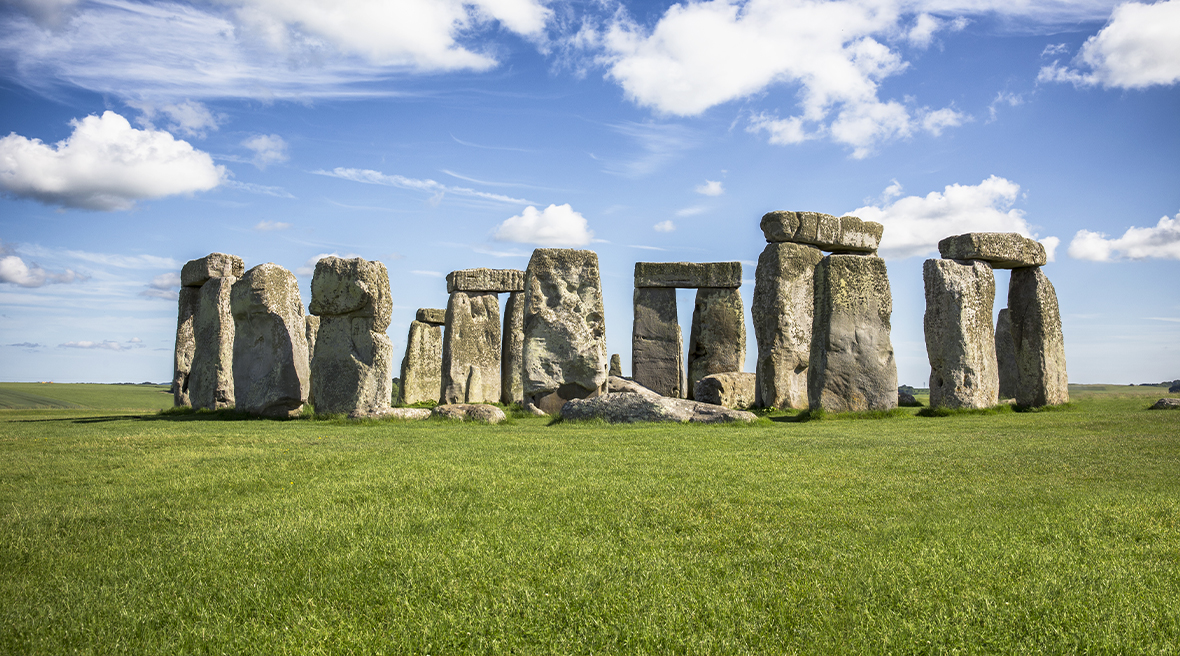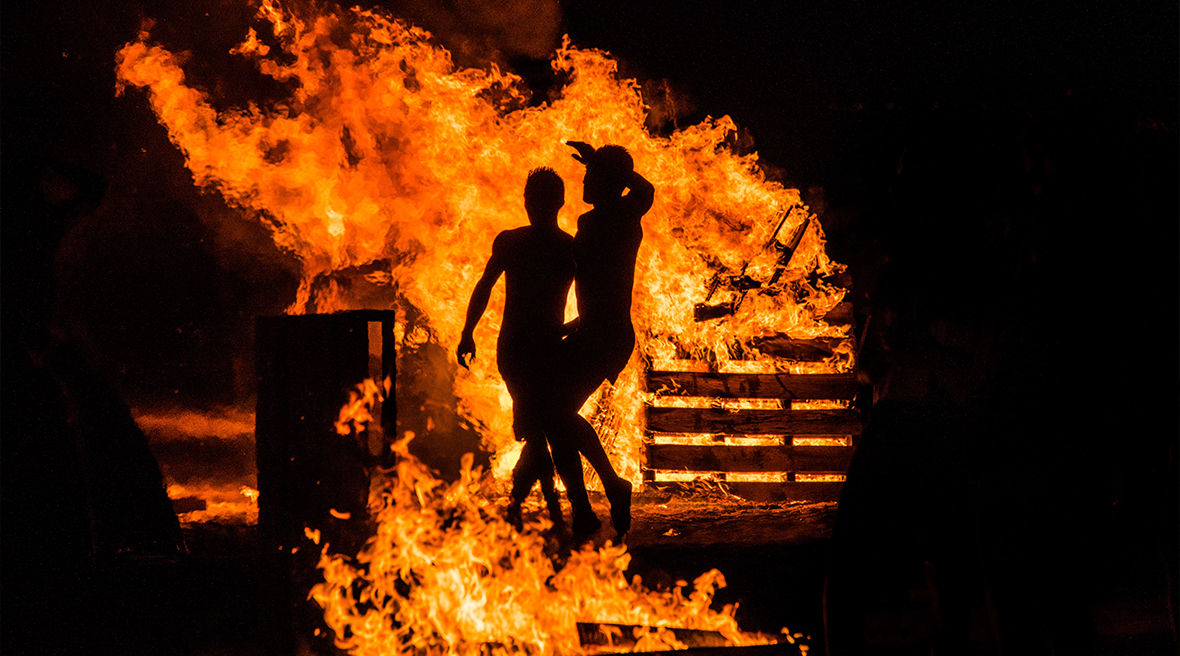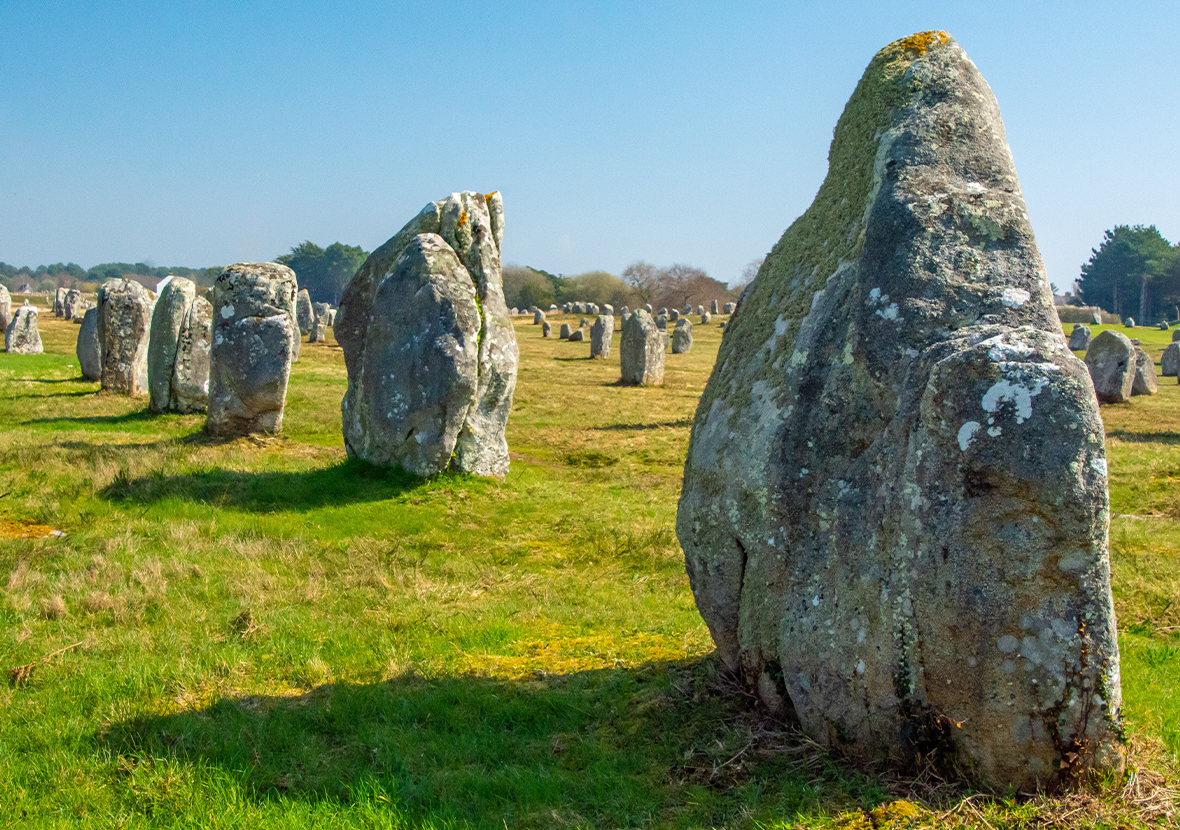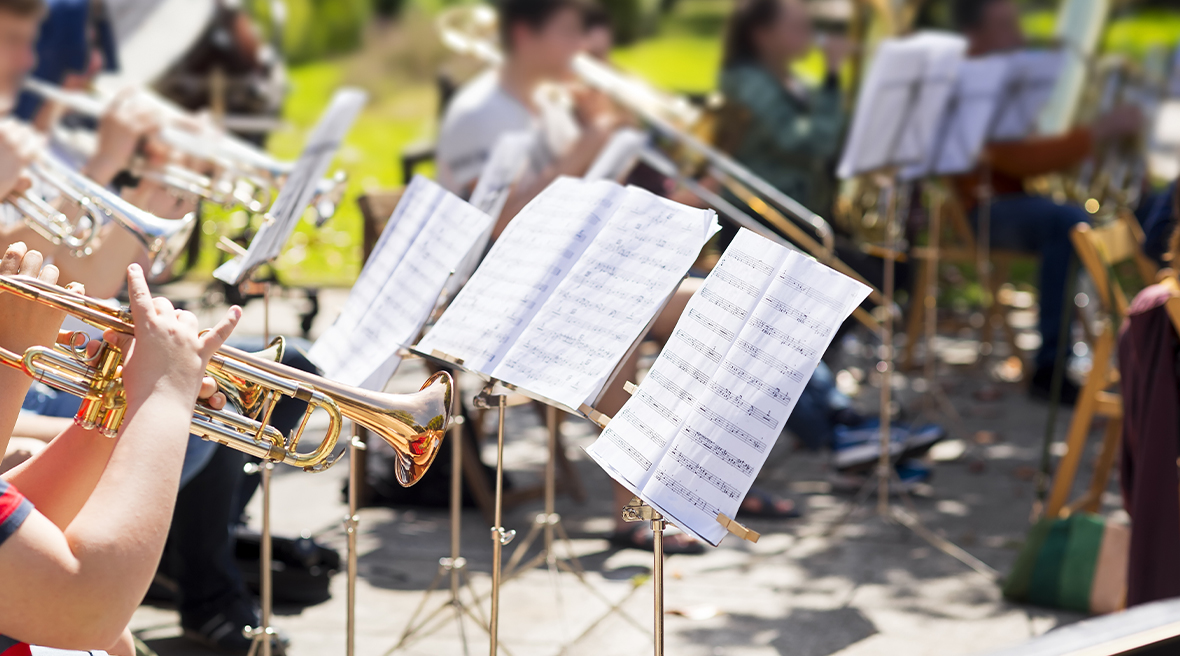What is the Summer Solstice?
The Summer Solstice (also known as Midsummer) is the longest day of the year, marking the beginning of summer. It happens twice a year, once in the northern hemisphere, falling around the 21st June and once in the southern hemisphere around the 21st December (the dates differ slightly in some years so check your calendar).
The Summer Solstice in Europe (Northern hemisphere) has been a time of celebration for centuries, with festivals and rituals to celebrate the longer days of summer, warmer weather, and all the joy summer brings us. Some of these ceremonies have been virtually unchanged for centuries, providing a living link to the history of the continent. Here are just a few of the things you can see and do around Midsummer - all within an easy drive of LeShuttle.
Stonehenge, England
Nestled in Wiltshire in south west England is the incredible stone circle at Stonehenge. Ancient monuments, preserved art, and traditional celebrations are a wonderful way to explore the culture of any country, and Stonehenge has them all.
The public ritual at Stonehenge pays tribute to a pagan past. The sun rises on the Summer Solstice behind the Heel Stone in the north east of the horizon and its first rays shine into the heart of Stonehenge. People gather early to catch sight of the warm sun rising, often cheering as it does! You may also see people re-enacting Druid rituals, as the Druids are thought to have worshipped at Stonehenge and it is a popular belief that they in fact built it.

Travel to Stonehenge to watch the sunrise
Bonfires of St John, Spain
The Summer Solstice has been associated with fire for thousands of years, and Spain's astonishing Bonfires of St John are a perfect example of how a pre-Christian tradition can survive into the modern world. In cities and towns throughout the country, huge bonfires are built, and brave young people jump across them in an ancient fertility ritual. The biggest and best bonfires are in Alicante, but the whole of Spain is lit up on St John's Eve (June 23rd).

Two revellers jump through the purifying fire
Carnac, Brittany
Stonehenge’s majestic stones may remind you of an equally amazing monument in northern France. The commune of Carnac in Brittany is home to more than ten thousand standing stones, arranged in such straight lines that local legend says they were once a Roman legion turned to stone by the great wizard Merlin. There aren't usually any Midsummer events at Carnac, but it's impossible not to feel connected to history when you're there - watching the dying sun light up the stones is a festival in itself.

The standing stones at Carnac are a strange and beautiful sight
Fête de la musique, Paris
The Paris Festival of Music first took place on June 21st, 1982, as a way of bringing people out of their homes to enjoy music together. Since then it has spread across the world, with 300 European cities all over the continent filling the air with popular and classical music every Midsummer's Day. In Paris, stages spring up all over the city. The biggest and best-known are in the Jardin des Tuileries, the Petit Palais, the Institut du Monde Arabe, the Louvre, Jardin du Luxembourg, on Place Denfert Rochereau, and along the banks of the Seine.
Wherever you're planning to travel this summer, there's a good chance that one of the cities or towns near you will be hosting a Fête de la musique, you'll see plenty of flyers advertising the local events. And the best thing of all? Every single musician participates for free, so you can enjoy the best of European music without adding a penny to your holiday budget!

Gather in the sunshine to hear music in some of Europe’s most beautiful cities
Experience the Summer Solstice in Europe with LeShuttle
Between Midsummer's Day and St John's Day, almost every town in Europe holds some sort of celebration, from a simple torch lit picnic to an elaborate carnival. And with LeShuttle you can get to the continent in just 35 minutes, leaving plenty of time to explore these amazing summer traditions! We wouldn't recommend jumping over any bonfires, though...